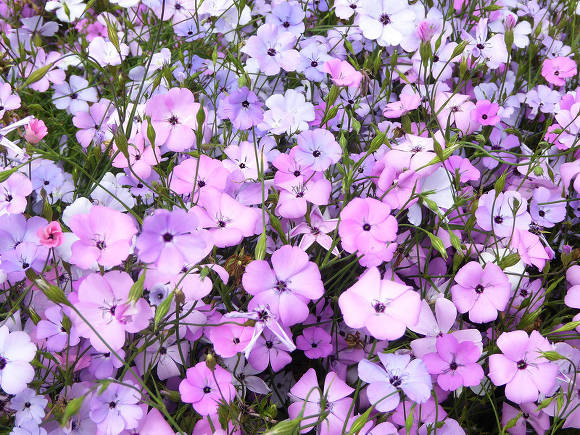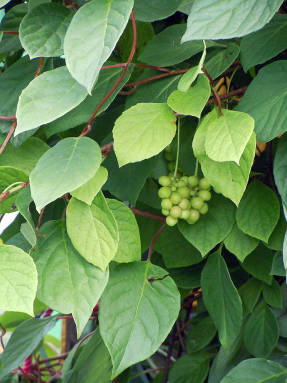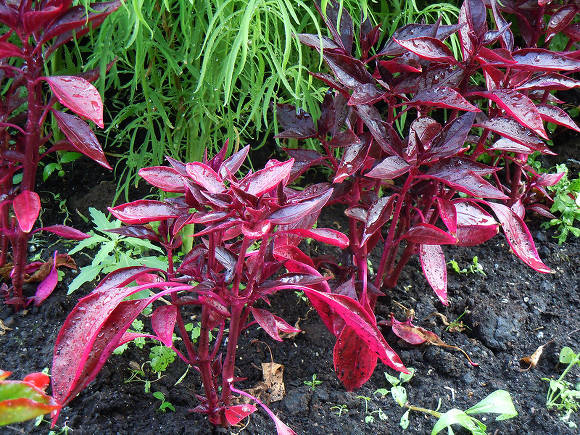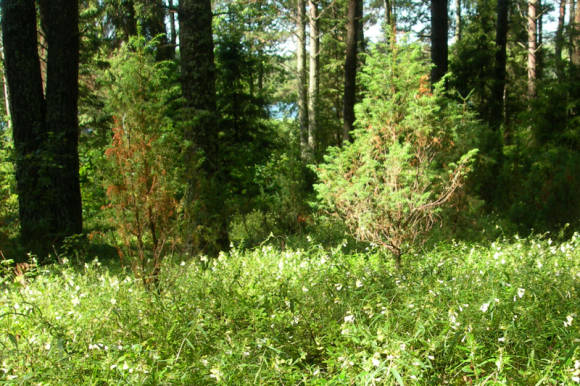 |
Unlike cucumbers, zucchini and pumpkins, watermelon is a more thermophilic crop, and, unfortunately, varieties that can grow in our colder conditions without shelter have not yet been invented. Therefore, not every gardener dares to settle this plant in his garden.
But it is possible to grow it in the Urals almost without any particular difficulties if you create the minimum necessary conditions for it and, no less important, observe the technology of its cultivation. After all, on every site we have other "children of the tropics" growing and bearing fruit perfectly - tomato and cucumber, pepper and eggplant. So is it possible to grow a watermelon in the Urals?
Yes, you can, but for this you need to know well its growing conditions, which are not quite usual for the Ural climate, especially in the second half of summer. That is why when growing this “berry” you cannot rely “at random”.
The most valuable and productive are mid-ripening and especially late-ripening varieties of watermelons. But they are capable of producing good harvests only in the south, while in our country they do not ripen. Here it is better to grow early ripening varieties that are significantly superior in cold resistance and are capable of producing high and early yields of watermelons.
See Articles Recommendations for the selection of varieties and hybrids of watermelon,
Early varieties and hybrids of watermelon
In early ripening varieties, usually 75–80 days pass from germination to ripening, in mid-ripening varieties - 85–90 days, in late-ripening varieties - 95 days or more.
Watermelons are often grown in the same greenhouse as cucumbers. But at the same time, one should not forget that they have completely different requirements for air humidity: humid air for a cucumber and dry air for a watermelon. Therefore, when growing together, it is better to plant watermelons at the ends of the greenhouse.
Watermelon is an exceptionally thermophilic culture. At a temperature of 30–32 ° C, its seeds germinate in 3–4 days, and seedlings may appear in 8–10 days. A higher air temperature in the greenhouse (about 40 ° C) worsens the conditions for pollination of flowers, but is very useful for ripening fruits.
Watermelon is picky about sunlight. It does not tolerate shading and thickening, it does not work well in prolonged cloudy weather, accumulating little sugar in its fruits. It is especially susceptible to shading during early growth and during flowering. Therefore, you must constantly pay attention to the timely cleaning of glasses in the greenhouse from dirt and dust.
Greenhouse watermelon care
Caring for watermelons consists of weeding, loosening the soil, watering, dressing. Before fruit setting, watermelon is watered less than a cucumber, and with the beginning of fruit growth, the watering rate must be increased. During the harvesting period, watering should be limited again (watering only after harvesting the fruit). And 2 weeks before the fruits ripen, watering must be stopped, otherwise the fruits will be juicy, but not sweet. Young plants are watered with warm water at a temperature not lower than 25–26 ° С. When watering, you need to make sure that water does not fall on the neck of the root, because this threatens the appearance of a black leg. It is better to water along the grooves in the middle of the row spacing. So much water is needed so that it penetrates to the depth of the entire arable layer. Then the furrows must be leveled or at least loosened. Many gardeners make this even easier by digging flower pots or plastic bottles into the ground on either side of the plant, into which they pour water when watering. The plants need to be fed every two weeks. To do this, take 2 tbsp for 1 bucket of water. tablespoons of nitrophoska and 1 tbsp. a spoonful of ash for the first feeding. For the second feeding and further, the ash dose should be increased to 2-3 tbsp. spoons. 5-6 days before the start of fruit ripening, plant feeding is stopped. An excess of nitrogen in the soil delays the fruiting of the watermelon, while an adequate introduction of phosphorus will accelerate the fruiting. In the initial period of growth, the plants are spud up to cotyledonous leaves. This creates a more favorable air regime in the soil, the plants form additional roots. To accelerate the formation and ripening of fruits when grown in a greenhouse, watermelons must be tied to a trellis and shaped, otherwise the harvest of large fruits will not be obtained and all your work will be wasted. In a watermelon, the crop is formed primarily on the central shoot, as well as on the first order shoot. Therefore, all unnecessary shoots must be removed or pinched. The overgrowth of the tops must not be allowed, because it takes food away from the fruit. For this, depending on the vigor of the plants on the main stem, 2-3 lower sterile shoots are removed. The fruiting lateral shoots of the first order located above are cut off behind the 2-3rd leaf after the ovary, when it grows the size of a plum. If any of the first-order shoots does not form fruit, then it must be cut off above the first leaf, which immediately causes the appearance of second-order stems, as a rule, fruiting. Sometimes a few more leaves must be left on the lateral shoots to provide a large assimilation surface for the fruit. When the main stem reaches the top wire of the trellis, it is pinched or lowered down. When tying 3-5 fruits (depending on the variety and development of the plant), remove all remaining growth points on the main and lateral shoots. When the fruits reach the size of a large apple, they are placed in nets tied to a trellis so that the stems do not break under their weight, and the upper side of the fruit is on the side or bottom. Experienced gardeners, when forming a plant, do not recommend leaving the ovary at the base of the plant, since it then greatly exhausts the plant, and also leave the whips on the distant periphery, because they are barren. To improve fruit setting in greenhouses, artificial pollination is often used. To do this, a male flower with ripe pollen must touch the stamens of a female flower. Usually 2-3 female flowers are pollinated with one male flower. But it is better to do the opposite - pollinate one female flower with 2-3 male flowers. When the fruits begin to ripen, it is desirable to raise the temperature to 35–40 ° С, and, on the contrary, reduce the air humidity to 50–55%. Harvest watermelons, preferably when ripe. during storage, they ripen poorly. The ripeness of the fruit can be easily identified by its appearance. Ripe watermelon acquires the characteristic brightness of color and pattern on it, shine and elasticity of the bark, characteristic of each variety. A yellow spot forms on the area of the bark lying on the ground. The peduncle and antennae near it dry out when the fruit ripens. When lightly hitting a ripe fruit with a palm or a click, it emits a ringing sound, and when squeezed, which is not recommended, a crackle of pulp is heard. Ripe fresh watermelon can be stored for several months in a dry, cool, ventilated place by hanging it in a net. And if you have harvested a rich harvest of watermelons, then try not to forget that they can be preserved by salting, in which they retain their taste for a long time. For this, ripe or overripe, but necessarily undamaged watermelons are selected. They are pierced in several places with a sharp stick, placed in rows in wooden barrels, poured with strong brine and kept for 25-30 days. "Ural gardener" No. 30-2014.









